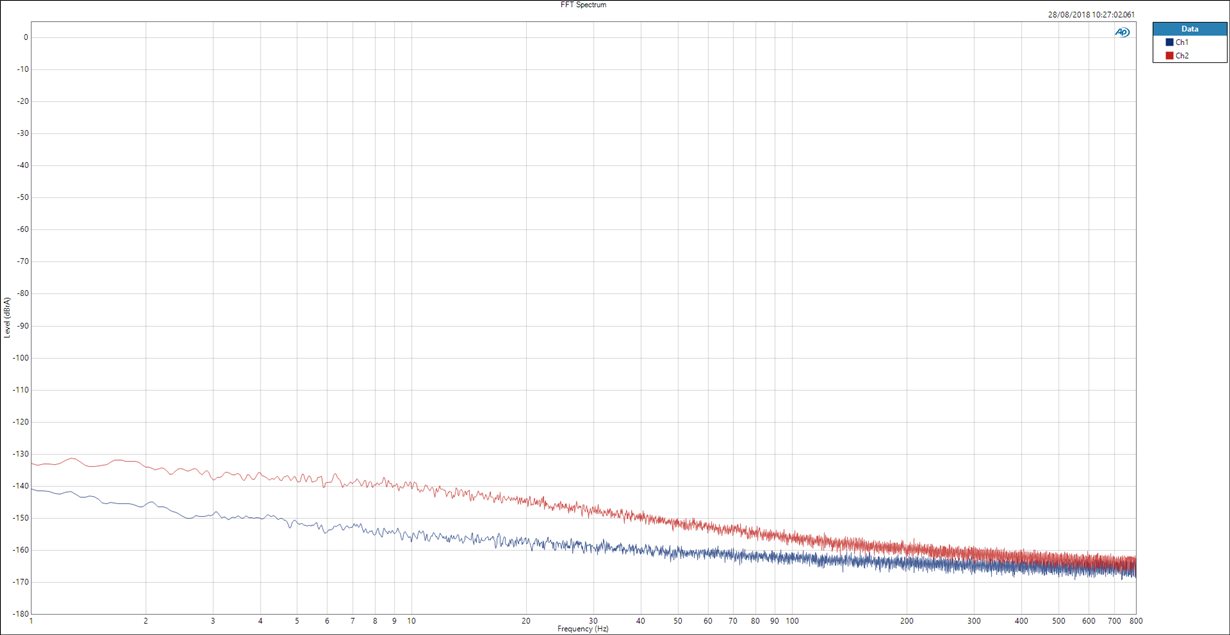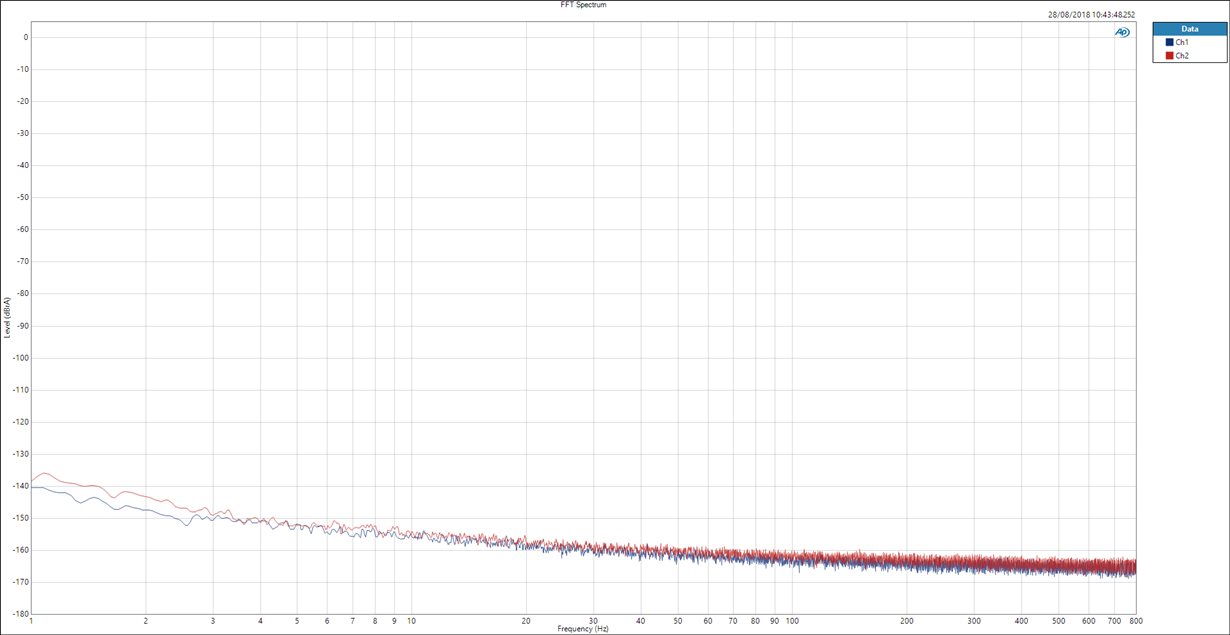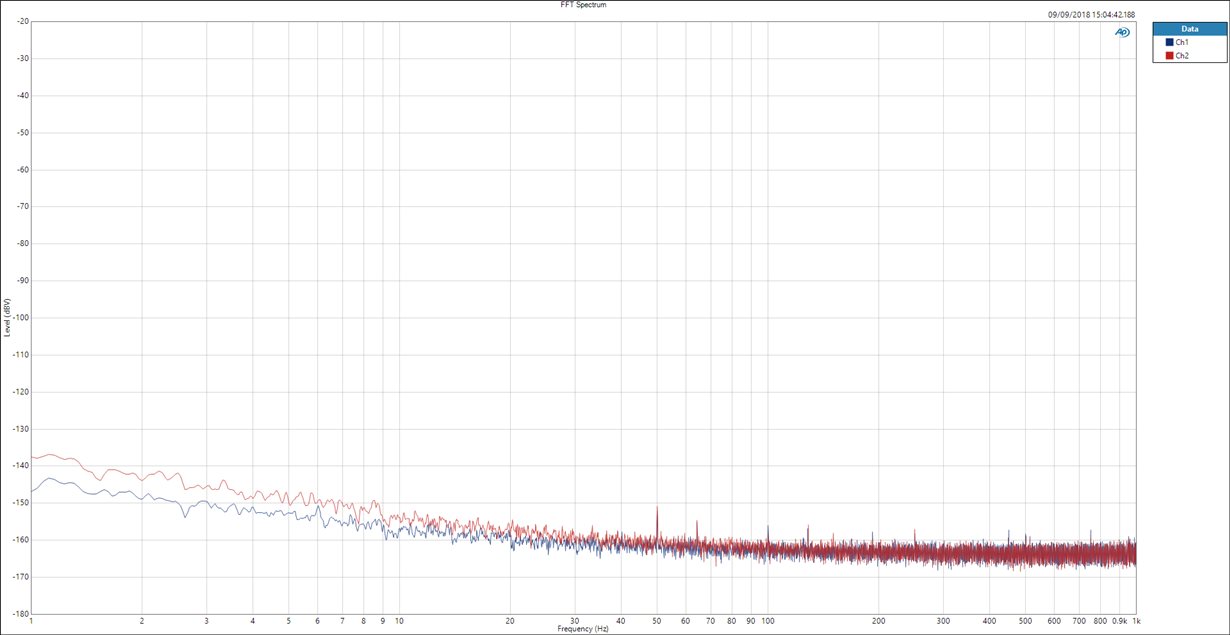Other Parts Discussed in Thread: NE5532, OPA1602, OPA1612, OPA1622, OPA1662, OPA1652, NE5534, LM4562
Hi,
I am working on a new product development, and am experiencing excess noise problems with certain samples of LME49720. The noise characteristic is, what we would have called in the old days, 'popcorn noise'.
Not all samples display it, but some do, so far, approximately 2 out of 16 op-amps in the eval./sample PCBs I have received from the OEM.
I am suspicious that these could be fake, or reject ICs.






